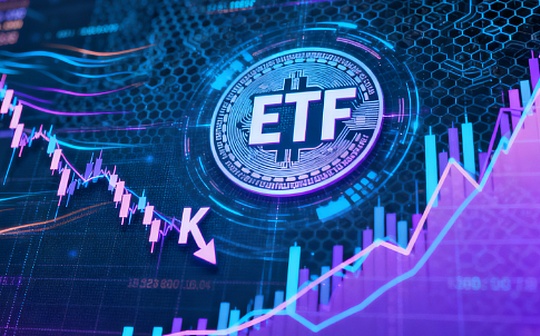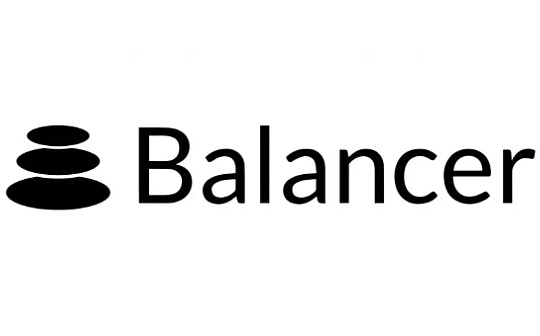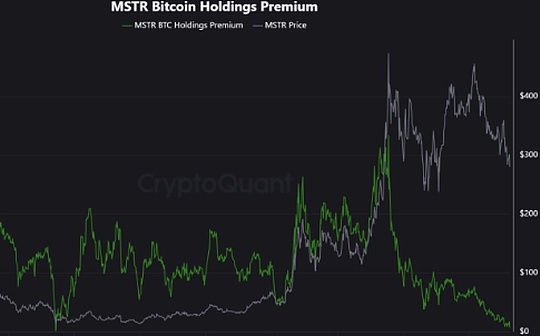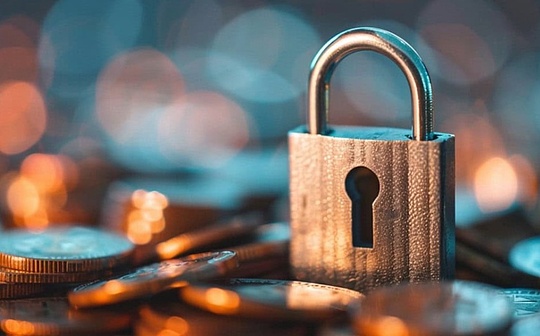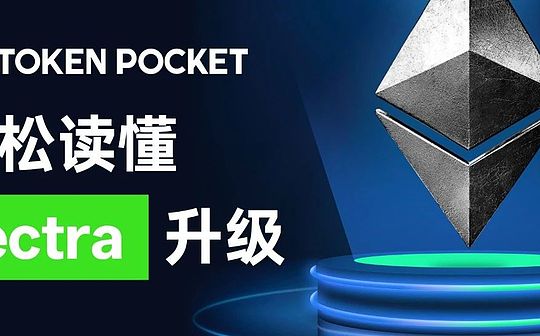
EthereumPectra UpgradeThis is another important milestone following the Dencun upgrade in March 2024 (significantly reducing Layer 2 fees), including 11 Ethereum Improvement Proposals (EIPs).
Unlike previous upgrades (such as Shapella allows staking ETH withdrawals), Pectra does not have a single highlighting goal, but uses multiple technical optimizations to comprehensively improve network performance.Lay the foundation for future upgrades such as Fusaka.
Review of Ethereum Upgrade
Ethereum has experienced many major hard forks and soft fork upgrades since its main network was launched on July 30, 2015, and each upgrade is aimed atImprove network performance, security, scalability, or functionality.
Here is a review of Ethereum’s past 15 major upgrades, covering key hard forks and important milestones, summarizing in chronological order:

Homestead (2016)
Ethereum has made its first major hard fork to enhance network stability, optimize smart contract functions, and lay the foundation for DApp development.
Tangerine Whistle (2016)
Emergency hard fork fixes DoS vulnerabilities, adjusts Gas costs, and improves network attack resistance.
Spurious Dragon (2016)
Optimize security, introduce chain ID to prevent replay attacks, and clean up invalid accounts to reduce storage burden.
Byzantium (2017)
Supports ZK-SNARKs and REVERT opcodes to improve privacy features and smart contract efficiency.
Constantinople (2019)
Introduce CREATE2 and bit-operated opcodes to reduce Gas costs and promote the early development of DeFi.
Istanbul (2019)
Optimize ZK-SNARKs performance, reduce Calldata costs, and enhance Layer 2 and cross-chain compatibility.
Muir Glacier (2020)
Delay the difficulty bomb, stabilize the PoW block time, and strive for development space for PoS transition.
Berlin (2021)
Optimize the Gas mechanism, introduce access lists and Gas payments, and pave the way for EIP-1559.
London (2021)
Introducing EIP-1559 to reform the cost market and enabling the ETH destruction mechanism, bringing potential deflationary effects.
Arrow Glacier (2021)
Delay the difficulty bomb again to ensure the stability of the PoW network and prepare for the merger.
Gray Glacier (2022)
The difficulty bomb was postponed for the last time to ensure the smooth operation of the network before the merger.
The Merge (2022)
Also known as the “Ethereum Merger”, switching from PoW to PoS, reducing energy consumption by 99.95%, laying the foundation for scalability upgrades.
Shanghai/Capella (2023)
Also known as “Shanghai Upgrade”, it enables pledged ETH withdrawals, enhances liquidity, and promotes the growth of pledge participation rate.
Cancun/Deneb (Dencun, 2024)
Also known as “Cancun Upgrade”, the introduction of EIP-4844 and Blob storage significantly reduces Layer 2 costs and promotes the Rollup ecosystem.
Pectra (2025)
Implement account abstraction, improve staking caps and blob capacity, optimize user experience and Layer 2 scalability.
About Pectra Upgrade
Pectra Upgrade Background
Pectra is another important milestone following the Dencun upgrade in March 2024 (a significant reduction in Layer 2 fees), including 11 Ethereum Improvement Proposals (EIPs).Unlike previous upgrades (such as Shapella allows staking ETH withdrawals), Pectra does not have a single highlighting goal, but rather comprehensively improves network performance through multiple technical optimizations, laying the foundation for future upgrades (such as Fusaka).
Normal user experience upgrade — Account abstraction (EIP-7702)
Technical Protocol in Pectra Upgrade EIP-7702 introduces a mechanism that allows EOA accounts to be temporarily or permanently upgraded to smart accounts through attached smart contract codes.
The main functions supported include:
-
Custom logic:Supports flexible security policies and transaction verification rules
-
Bulk authorization + transaction:Perform multiple operations at one time (such as authorization + redemption).
-
Payment of handling fees:A third party pays a Gas fee, or pays in stablecoins.
EIP-7702 lowers the barriers to entry for new users, improves the DApp interactive experience, and promotes wallet innovations, such as supporting biometrics and stablecoin Gas payments.However, true comprehensive application needs to pay attention to the actual application effect of EIP-7702. It is undeniable that EIP-7702 will bring more possibilities to the Ethereum ecosystem!
Verifier staking optimization —— EIP-7002
Technical Protocol in Pectra Upgrade EIP-7002 introduces an execution layer-triggered withdrawal mechanism, allowing non-verifier key addresses to initiate exits, reducing trust dependence on entrusted staking.
EIP-7002 Specific improvements:
-
Support decentralization:Enhance the flexibility of staking pools (such as Lido and Rocket Pool), allowing users to exit independently, and promoting a decentralized ecosystem.
-
Exit certificate:The verifier exit permission is bound to the execution layer address. The user can trigger the exit by signing a transaction through the private key without relying on the verifier key.
-
Reduce trust dependencies:Users directly control the entrusted pledge exit, reduce the risk of trust in the pledge pool and improve fund security.
-
Simplify operations:Initiate exit through standard Ethereum transactions, easy to operate and suitable for non-technical users and institutions.
EIP-7002The exit experience of stakers will be improved immediately, especially for users who use Lido, Rocket Pool and other services, which are expected to drive further growth in stake participation rates.
Enhanced Layer 2 scalability (EIP-7691 and EIP-7623)
EIP-7691 and EIP-7623 are two key improvement proposals for Layer 2 scalability in the Ethereum Pectra upgrade, aiming to reduce transaction fees and increase throughput on the Layer 2 network by optimizing data availability (DA) and block resource allocation.
Specific impact:
-
Improve throughput:Rollup TPS theoretically doubles (such as Arbitrum increased from 100 to 200), depending on optimization.
-
Reduce Layer 2 costs:Blob capacity doubled (6/9) to increase data availability, and it is expected to further reduce the cost of Rollup such as Optimism, Arbitrum, etc. from US$0.01 to approximately US$0.005, with the independent Blob Gas market stabilizing cost fluctuations.
Pectra UpgradeSignificantly enhance Ethereum’s user experience, efficiency and scalability through account abstraction, staking optimization, blob capacity improvement and cryptography improvement.Meanwhile, Pectra is part of the Ethereum “Surge” phase, which lays the foundation for subsequent Fusaka upgrades (introducing PeerDAS, Verkle trees, etc.), with the long-term goal of achieving stateless clients and higher throughput.Next, Vitalik’s proposed RISC-V technology may further innovate the efficiency of smart contract execution and help Ethereum cope with competition.

